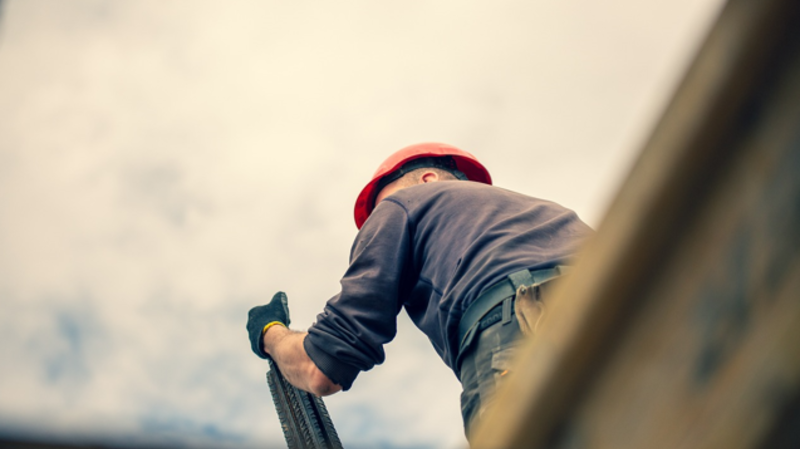When it comes to roofing systems, the material you choose can significantly impact the longevity, efficiency, and overall performance of a building. EPDM roofing has gained widespread popularity for its durability, energy efficiency, and environmental benefits. Whether for residential, commercial, or eco-friendly projects, EPDM is considered one of the most reliable roofing solutions today. This article provides a closer look at EPDM roofing, from its unique features and advantages to its practical applications.
What Makes EPDM Roofing Unique?
EPDM, short for Ethylene Propylene Diene Monomer, is a synthetic rubber membrane designed specifically for flat and low-slope roofs. Its composition consists of ethylene and propylene, derived from natural gas and oil, making it highly durable and weather-resistant.
What sets EPDM apart is its simplicity and versatility. The material is typically sold in large rolls and can be applied to surfaces using adhesives, mechanical fasteners, or ballast systems. Its flexibility allows it to adapt to structural movement, temperature changes, and thermal expansion without cracking or tearing. This makes EPDM an ideal roofing solution for buildings in regions with extreme weather conditions, from freezing winters to scorching summers.
EPDM membranes are also compatible with other roofing systems, making them popular when retrofitting existing roofs. The combination of its lightweight nature and adaptability means installation is often faster and more straightforward compared to other materials.
Why Choose EPDM Roofing?
EPDM roofing offers several compelling advantages that make it stand out:
- Proven Durability: EPDM membranes are built to withstand severe weather conditions, including UV rays, heavy rain, snow, and high winds. When installed correctly and maintained, they can last for 30 years or more.
- Energy Efficiency: The rubber material naturally insulates buildings, helping to regulate indoor temperatures and reduce energy consumption. This makes EPDM roofing an environmentally friendly choice that can also lower heating and cooling costs.
- Minimal Maintenance: Unlike some roofing systems that require frequent upkeep, EPDM is highly resistant to tears, leaks, and punctures. Any damage that does occur is easy and cost-effective to repair.
- Eco-Friendly Characteristics: Many EPDM membranes are recyclable, reducing waste at the end of their lifecycle. Additionally, they are often used as a base for green roofs, further improving their environmental credentials.
Real-Life Uses for EPDM Roofing
The versatility of EPDM roofing makes it suitable for a wide range of applications. Here are some of its common uses:
- Residential Properties: Homeowners often choose EPDM for flat or low-slope areas such as garages, home extensions, and garden offices. Its durability ensures long-lasting protection, while its energy efficiency adds value to the property.
- Commercial Buildings: EPDM is frequently used for large-scale commercial properties like warehouses, factories, and office buildings. Its ability to cover expansive areas efficiently and cost-effectively makes it a preferred option in these settings.
- Eco-Friendly Projects: For those seeking environmentally conscious solutions, EPDM is an excellent choice. It works well as a base layer for green roofs, providing the waterproofing needed beneath vegetation and soil layers.
The Lasting Appeal of EPDM Roofing
With its unique combination of durability, efficiency, and sustainability, EPDM roofing continues to be a trusted choice for property owners, architects, and developers. Its proven performance in both residential and commercial projects has solidified its reputation as a reliable roofing solution. Additionally, the minimal maintenance requirements and eco-friendly features of EPDM make it a cost-effective and responsible option in modern construction.
Whether you’re planning a new build or upgrading an existing roof, EPDM offers the practicality and long-term benefits needed to meet the demands of contemporary roofing systems.
